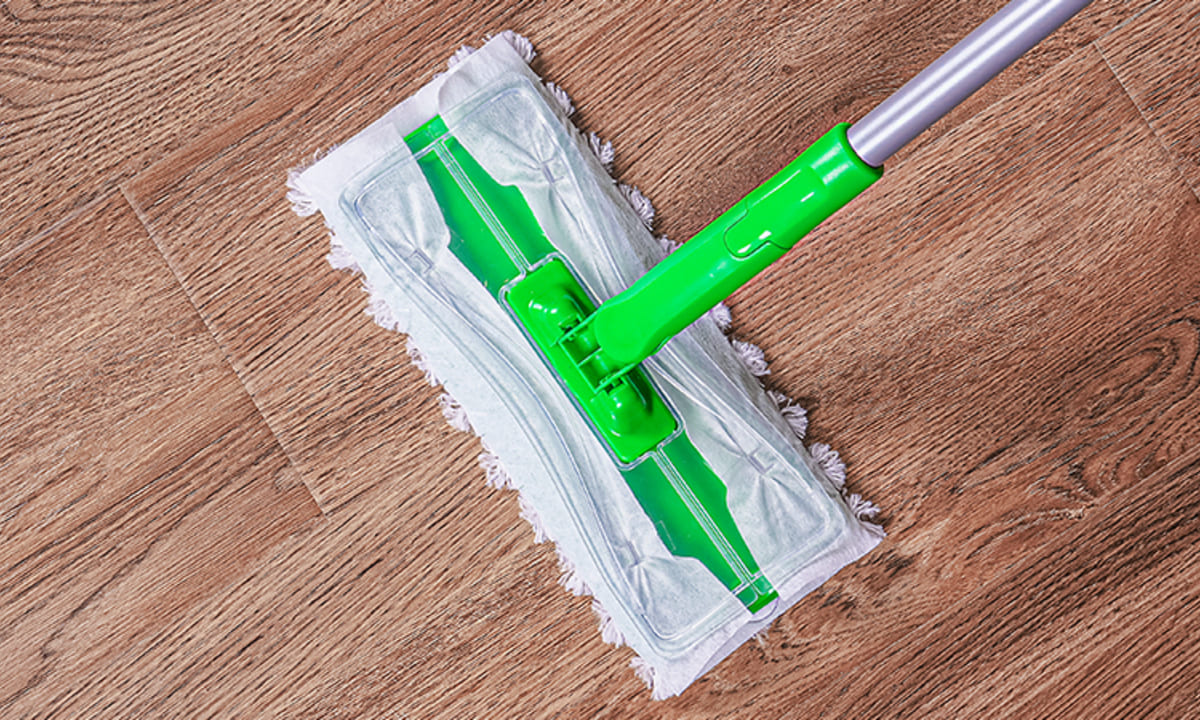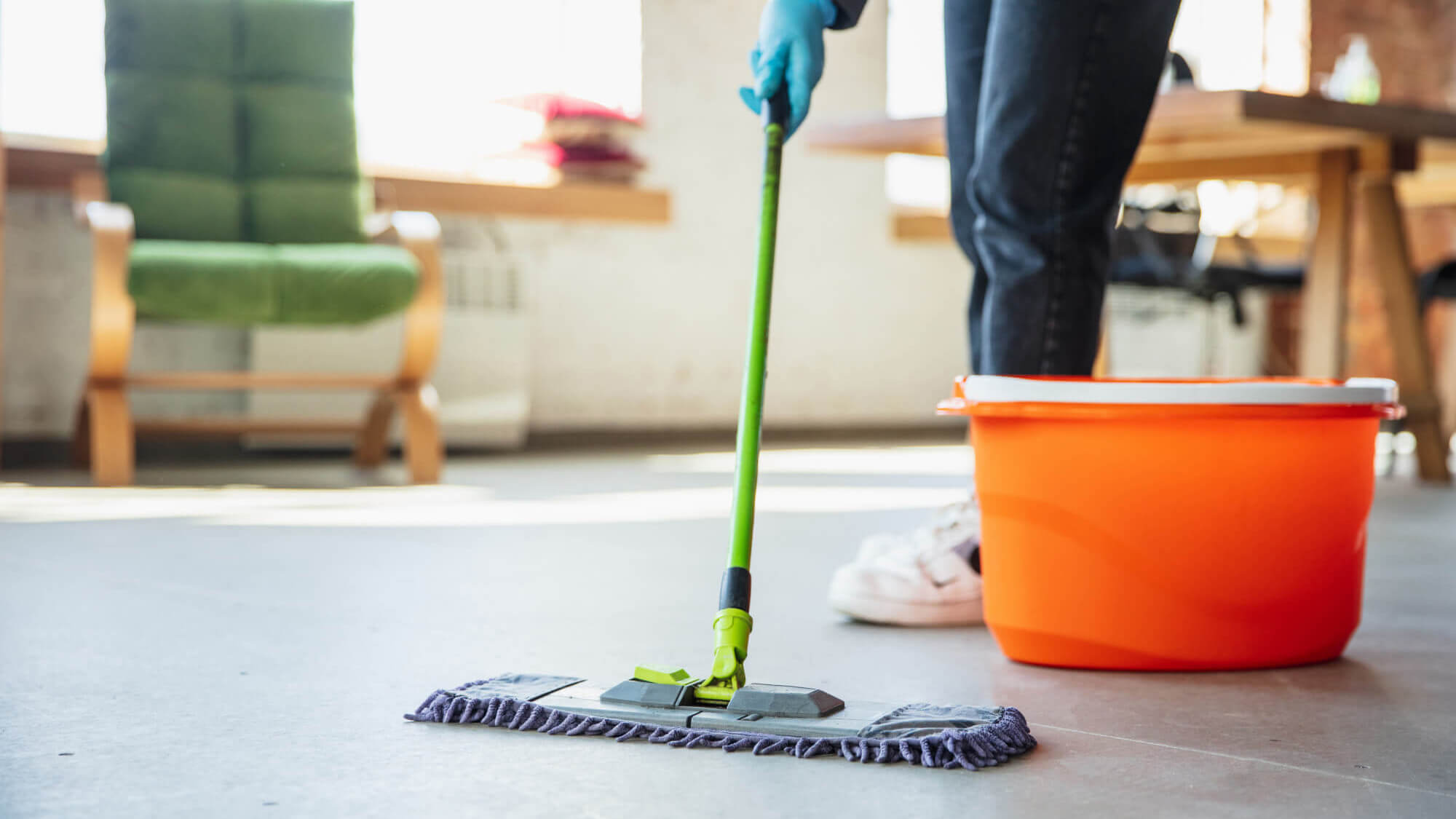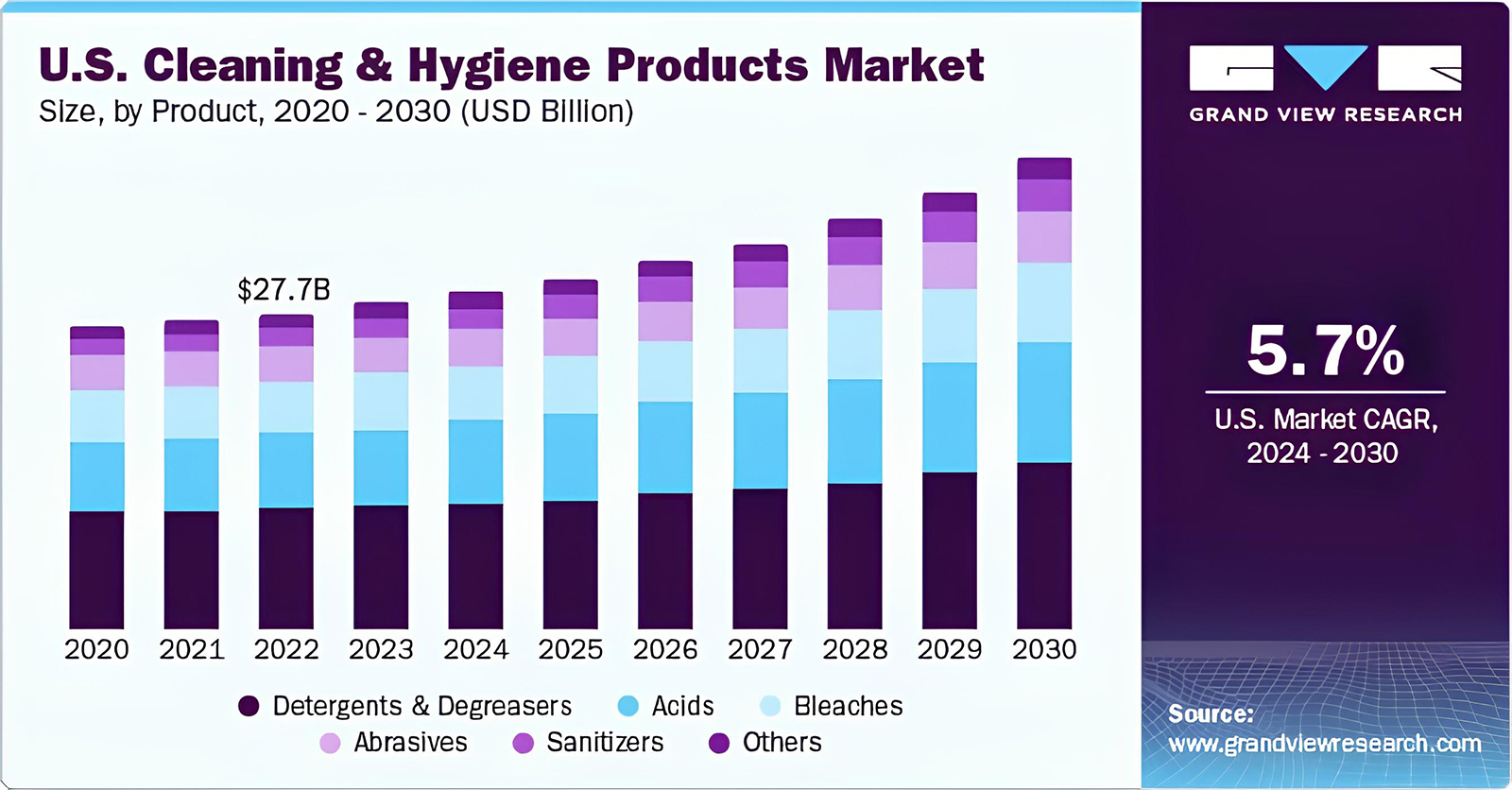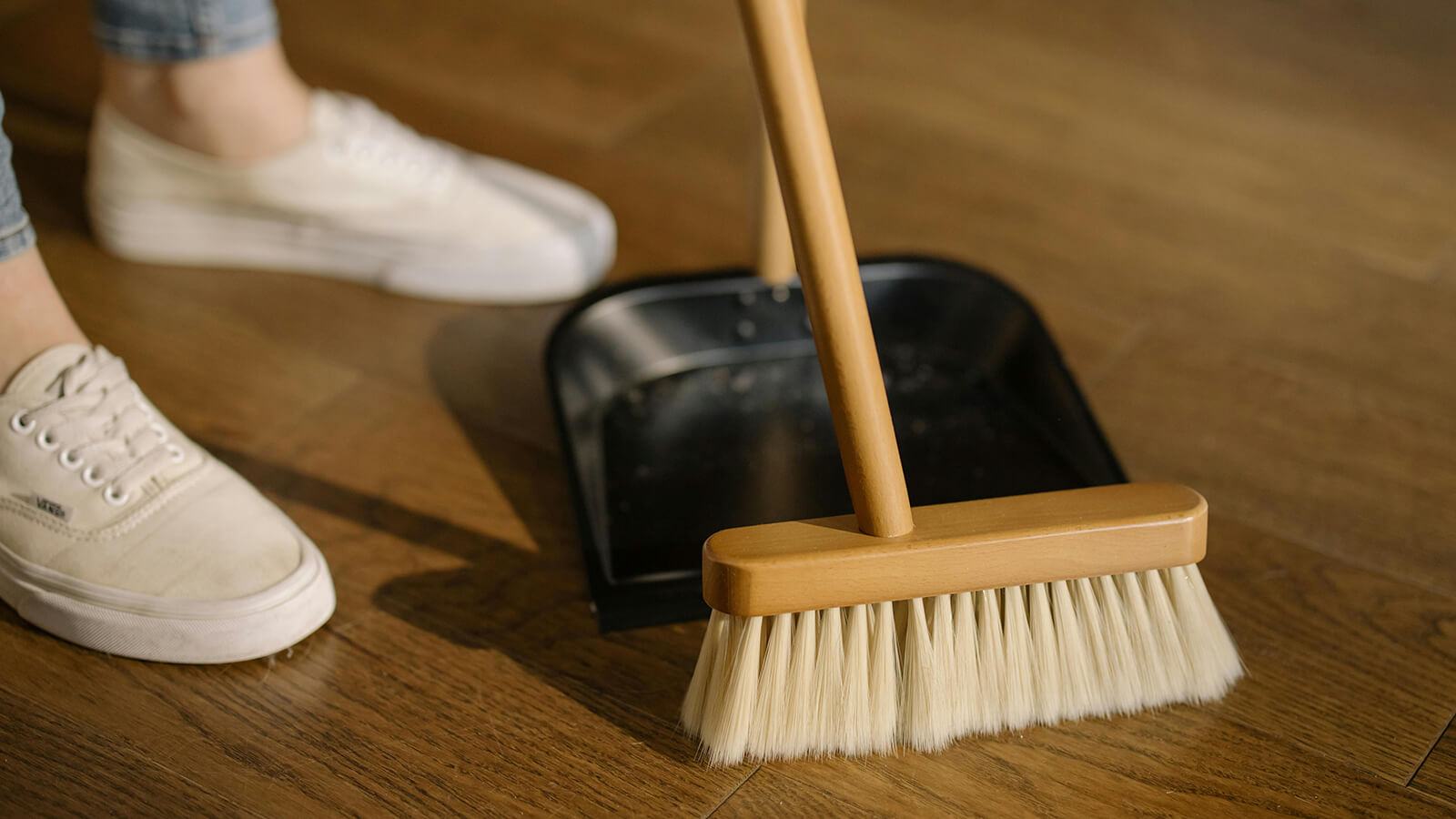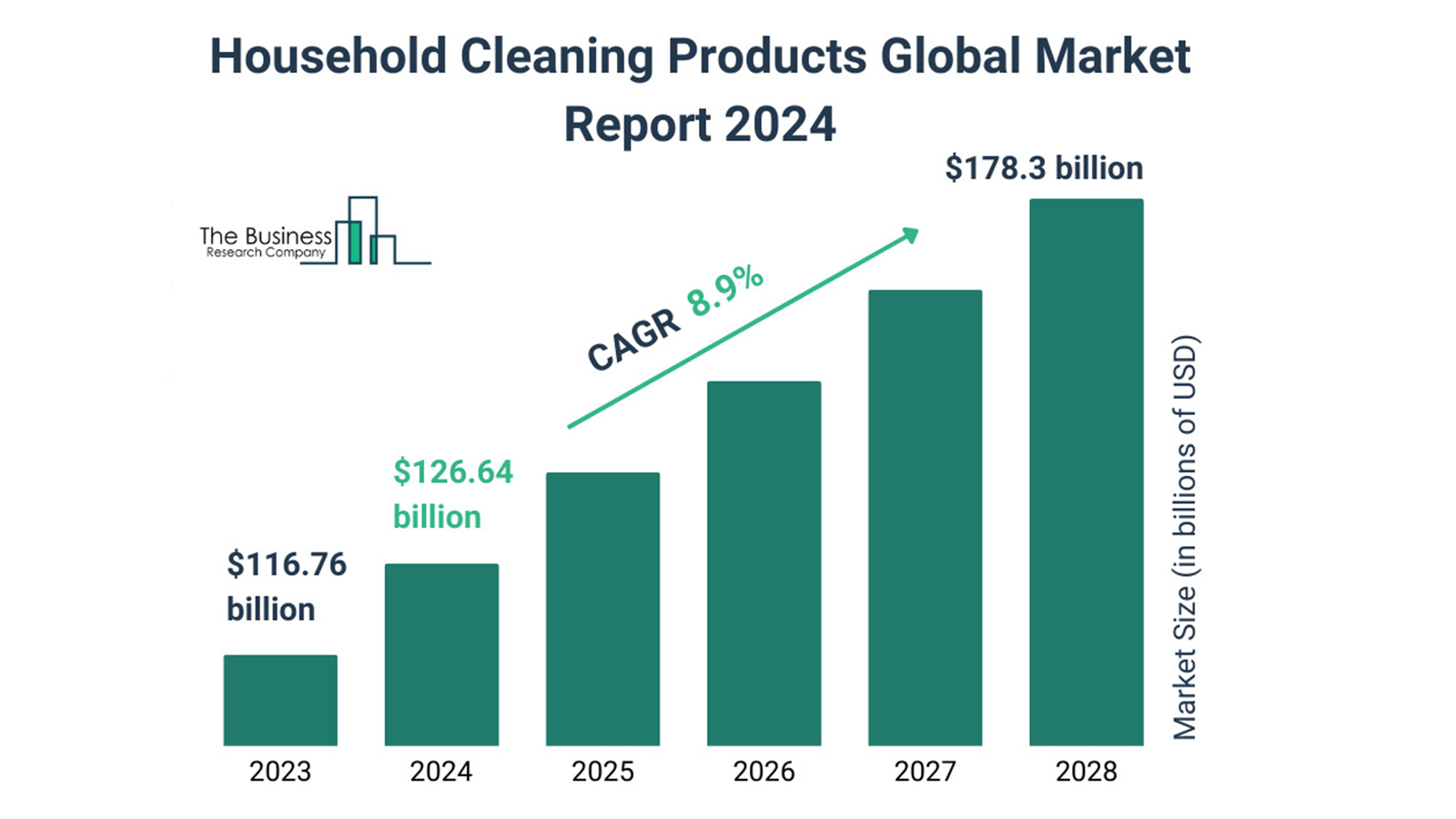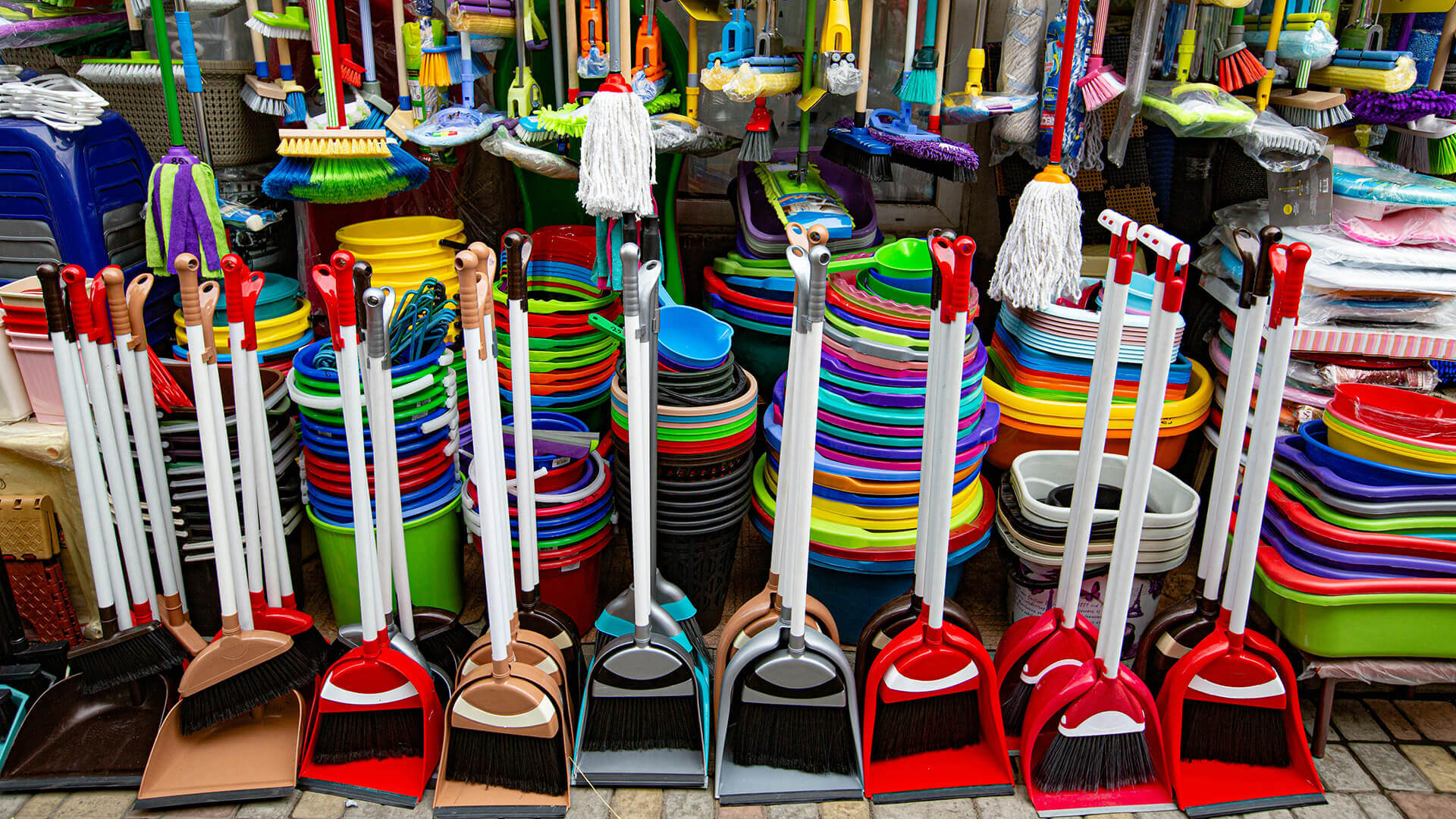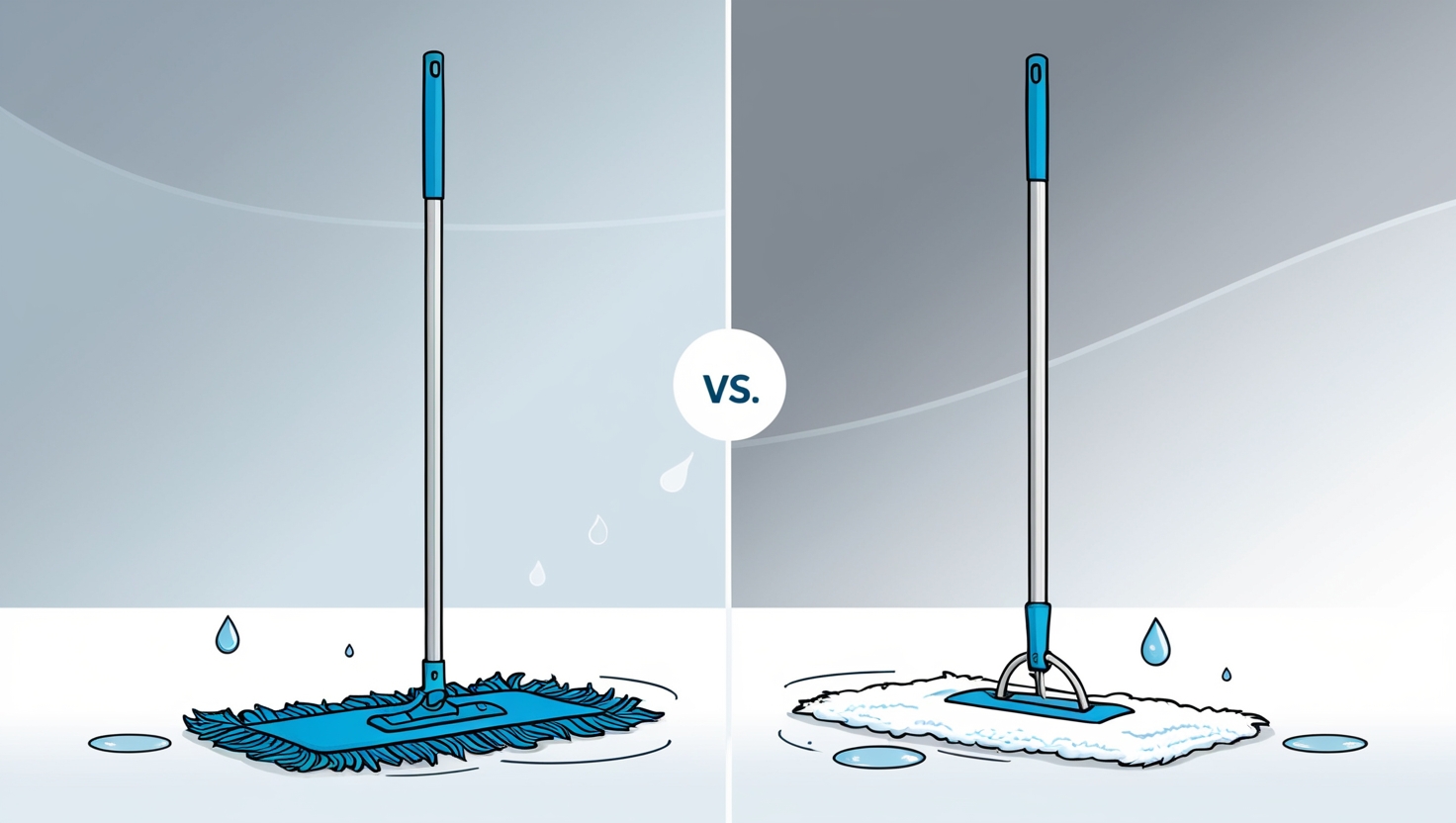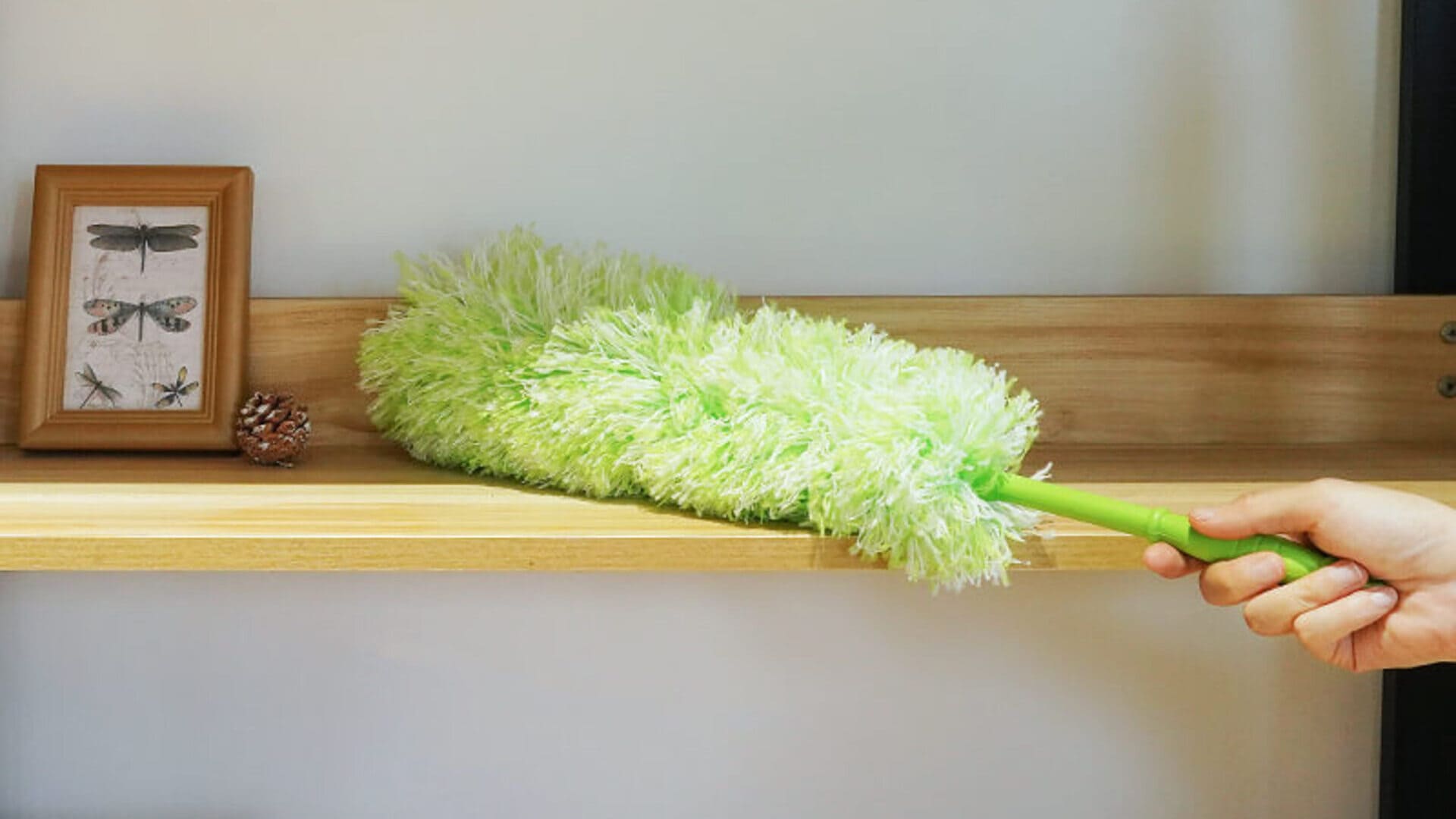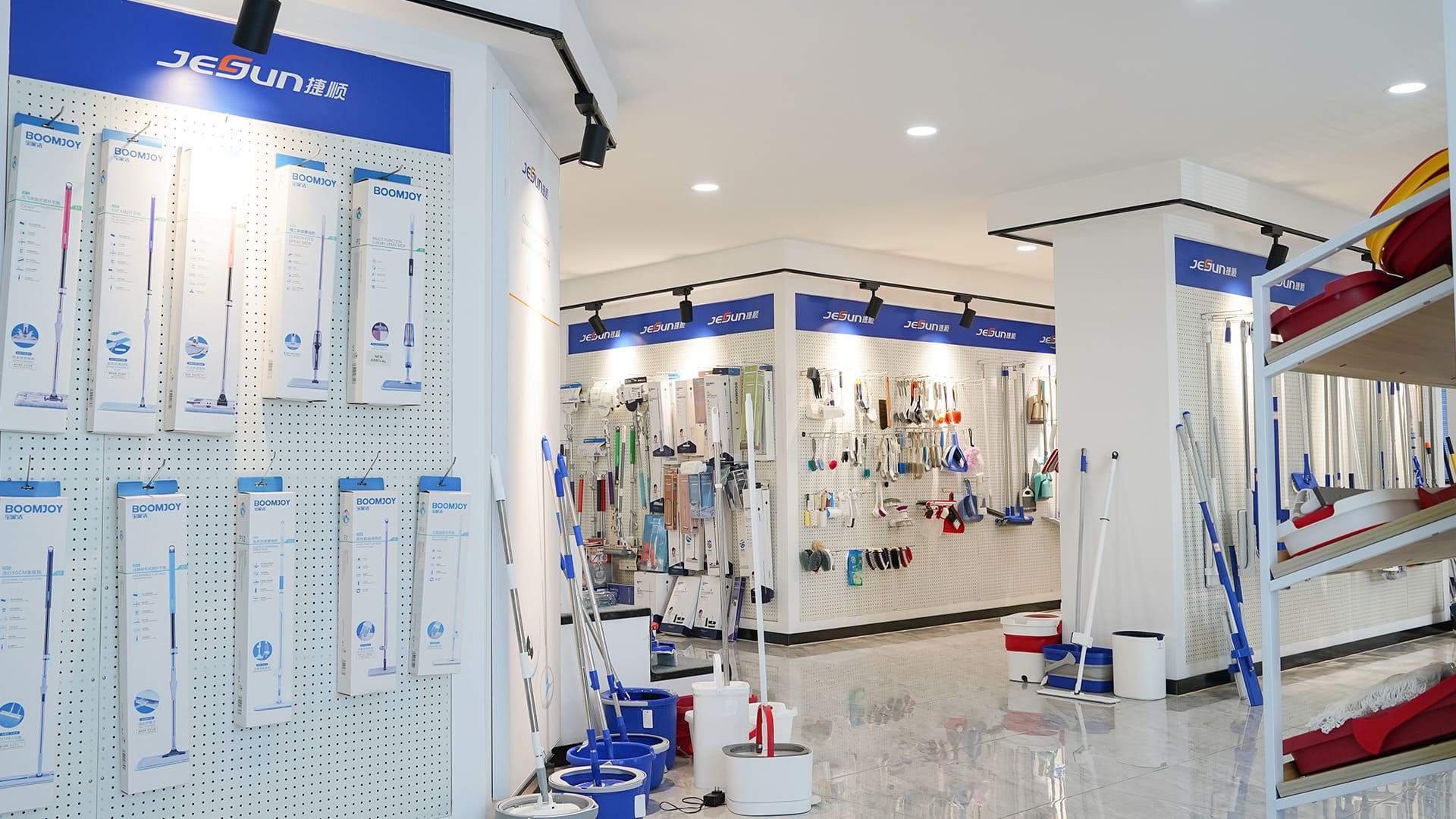Mops Invention Timeline
The history of mops dates back to the 15th century, with the word “mappe” first appearing in English around 1496. However, it wasn’t until the 19th century that significant improvements and variations in mop designs emerged.
In 1837, American inventor Jacob Howe received US patent #241 for a mop holder, marking an important step in mop development. This invention made it easier for users to handle and maneuver the mop while cleaning.
Fast forward to 1893, the mop as we know it today was patented by Thomas W. Steward, an African-American inventor. Steward’s revolutionary clamping device allowed users to wring water out of the mop by leveraging a lever, significantly simplifying the floor cleaning process.

There is some debate around who the actual inventor of the mop is, with Samuel Fuller and Charles Wheeler being potential candidates. However, Thomas W. Steward’s contribution to the mop’s development remains a key point in its timeline.
In the years that followed, numerous advancements and variations of mop designs continued to be introduced, making today’s mop an efficient and essential tool for cleaning.
Early Mop Designs
The Sailor’s Swab
The history of mops dates back to the late 1400s with the sailor’s swab. This early design was made of a thick rope attached to a wooden handle, and it was used by sailors to swab ship decks. Its rough texture and absorbent qualities made it ideal for scrubbing large surfaces quickly and efficiently.
String Mops
A more modern mop design was introduced in the 19th century when inventors such as Jacob Howe and Thomas W. Stewart made significant contributions to its development. In 1837, Howe received a US patent for a mop holder, and in 1893, Stewart patented an improved wringing mop made out of yarn. This string mop design, featuring a lever-operated wringing mechanism, made cleaning floors much simpler and more efficient than ever before.
As mop technology continued to evolve, new designs and materials were incorporated to improve their versatility and functionality. Today, different types of mops, such as sponge mops or flat mops, are available for various cleaning tasks and surfaces.

Modern Mop Innovations
The Sponge Mop
In 1896, an inventor named Samuel Fuller introduced a groundbreaking innovation in cleaning with the creation of the first modern-day sponge mop. Fuller’s invention was designed to make cleaning floors more effective by attaching a sponge to a stick. This simple yet effective design paved the way for a new era of mop technology. The sponge mop made it easier and more efficient for people to clean their floors, without the hassle of using a traditional mop and bucket set.
Microfiber Mops
Microfiber technology has taken the world of cleaning by storm in recent years, revolutionizing the way people clean surfaces. Microfiber mops, in particular, have gained popularity for their ability to trap and remove dirt, bacteria, and allergens effectively from various surfaces. These mops utilize ultra-fine fibers, which are highly absorbent and have a unique ability to electrostatically attract dirt particles.
Compared to traditional mops, microfiber mops can cover more ground, hold more water, and dry faster. Additionally, they reduce the need for harsh chemicals, promoting a more eco-friendly approach to cleaning. Their versatility allows for both wet and dry mopping, making microfiber mops a popular choice among professional cleaners and homeowners alike.

Impact on Cleaning Industry
Efficiency Improvements
The invention of the mop significantly impacted the cleaning industry by introducing a more efficient method for cleaning floors. Before mops, people used rags and sponges attached to sticks or even cleaned the floor on hands and knees. When the mop was invented and subsequently patented in 1893 by Thomas W. Steward, it became a game-changer as it featured an easy-to-use, maneuverable design that made cleaning floors quicker, easier, and more comfortable. The introduction of microfiber mops further increased efficiency by providing wider coverage and better absorption, allowing for larger and more effective cleaning in less time.
Sanitation Advancements
Apart from improving efficiency, mops have also contributed greatly to advancements in sanitation standards, providing people with cleaner and healthier living environments. With materials like yarn, sponge, cloth, or absorbent materials, mops have been able to more effectively remove dirt and bacteria from various surfaces, including marble and hard floors. Some mops, like the microfiber options mentioned earlier, even boast the ability to trap dust particles with their tiny fibers, which consequently improves indoor air quality. From ancient cleaning tools like those used in Egypt and Greece, the mop’s evolution led to enhanced ways of maintaining cleanliness and sanitation in both commercial and residential spaces.
Famous Mop Inventors
Jacob Howe
Jacob Howe was an American inventor who played a significant role in the evolution of mop designs. In 1837, he was granted US patent #241 for a mop holder, which helped to improve the functionality of mops at the time. Howe’s invention paved the way for more refinements and variations in mop design.

Joy Mangano
Another notable figure in the history of mops is Joy Mangano, an American inventor and entrepreneur. Born on February 1, 1956, Mangano is best known for her invention of the self-wringing Miracle Mop. This innovative design significantly changed the way people cleaned their floors, making the process more efficient and less labor-intensive.
Mangano was the president of Ingenious Designs, LLC, and she appeared regularly on the US television shopping channel HSN until her departure in late 2018. Today, her Miracle Mop remains a popular choice among consumers, showcasing her lasting impact on the cleaning industry.
Future of Mops and Cleaning Technology
The future of mops and cleaning technology seems promising as innovations continue to emerge. With continuous advancements in materials and designs, mops are continuously adapting to new types of flooring and cleaning needs.
One significant development can be seen in the use of microfiber technology. Microfiber mops are gaining popularity due to their efficiency and effectiveness in picking up dirt and bacteria. Moreover, these mops can be used with just water, reducing the need for harmful chemical cleaners and making them more eco-friendly.
In addition to microfiber, robotic mop technology is another trend in the cleaning industry. Robotic mops, which are often paired with smart vacuum cleaners, utilize sensors and a variety of functions to clean floors autonomously. These gadgets help save time and effort, assisting homeowners in maintaining a cleaner living environment without constant manual labor.
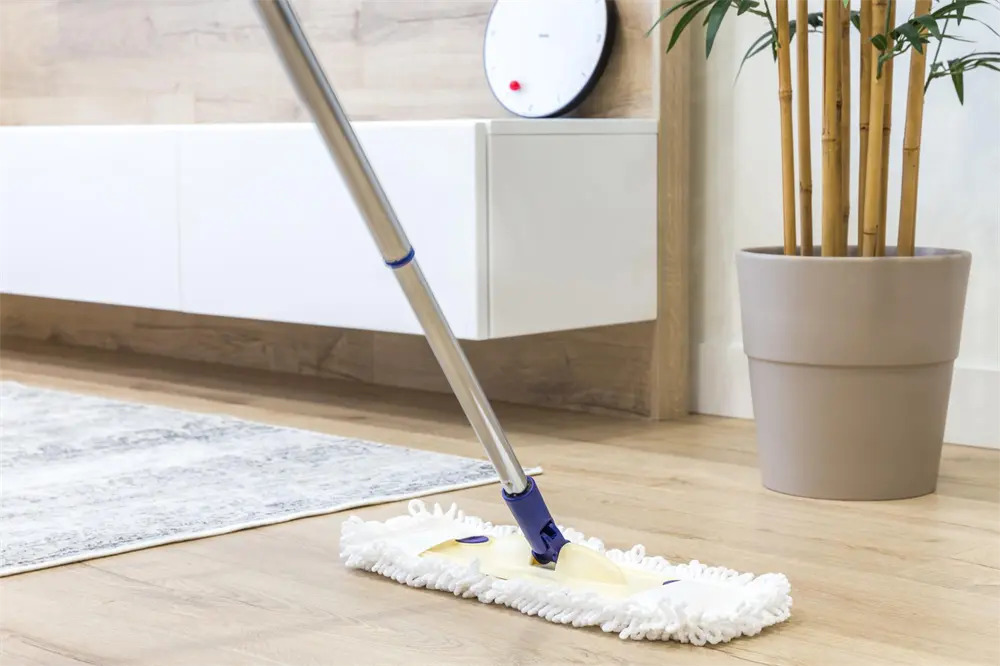
Lastly, the integration of smart technology in cleaning tools is paving the way for more efficient and effective cleaning routines. Smart mops equipped with sensors, customizable settings, and advanced materials could become commonplace in homes and commercial spaces. Such technology would not only streamline the cleaning process but also adapt to users’ needs, ensuring the best possible results in floor maintenance.
In conclusion, the mopping technology of the future holds potential for increased efficiency, adaptability, and ease of use. As technological advancements continue to shape the industry, mops and cleaning tools will continue to evolve to meet consumer needs while reducing the environmental impact of cleaning practices.
Trivia and Interesting Facts
The mop as we know it today was patented by Thomas W. Stewart in 1893. Interestingly, there is some debate over who actually invented the mop, with some attributing it to Samuel Fuller while others believe it was Charles Wheeler.
Mops have come a long way since their early days. The original mop design has seen many refinements and variations over time. In fact, as early as 1837, American inventor Jacob Howe received a US patent for a mop holder.
In the world of cleaning, mops are essential tools for maintaining a clean and healthy environment. They’re particularly important when you consider some surprising statistics. For instance, office desks are known to harbor a significant number of germs.
It’s interesting to note that Thomas W. Stewart was one of the first African American inventors to be awarded a patent. His aim was to make people’s everyday lives easier and promote healthier living conditions by improving the mop design.
In conclusion, mops have a fascinating history and continue to evolve as new designs and innovations make cleaning easier and more efficient.

